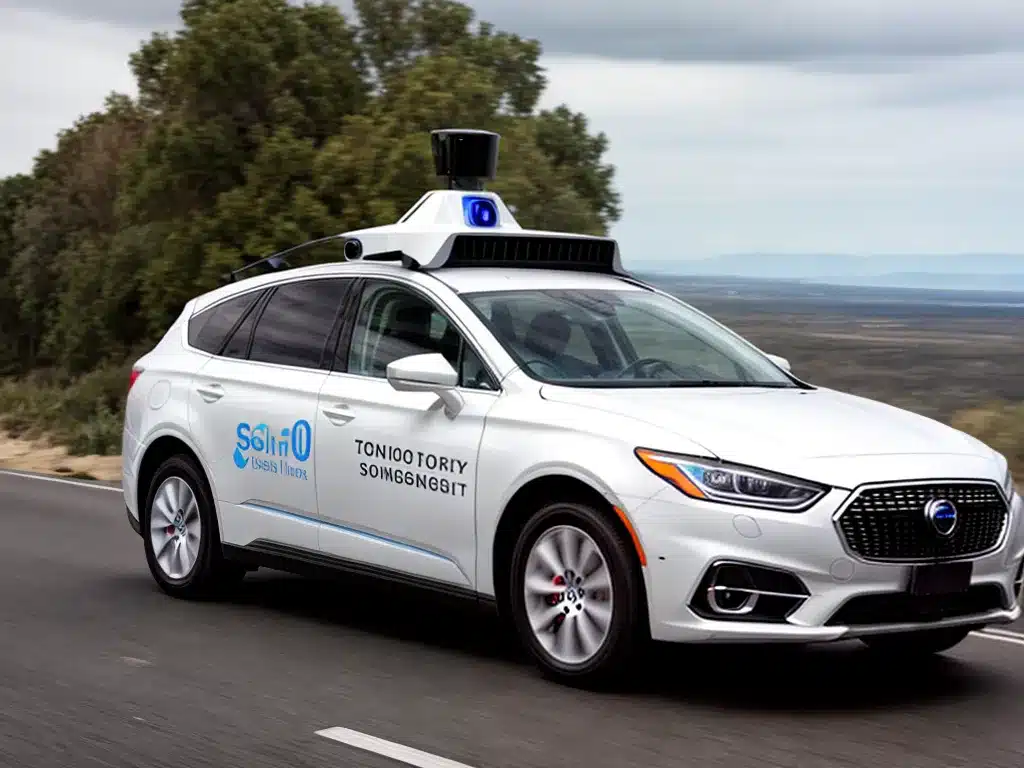
The Pros and Cons of Self-Driving Cars
Introduction
Self-driving cars, also known as autonomous vehicles, are cars that can drive themselves from one destination to another without a human driver. Instead, these vehicles use a combination of sensors, cameras, radar and artificial intelligence to “see” their surroundings and navigate roads.
Self-driving cars are not yet fully mainstream, but several companies like Tesla, Waymo and Uber are working on developing and testing these vehicles. As with any new technology, there are both advantages and disadvantages to self-driving cars that are worth considering.
Pros of Self-Driving Cars
Improved Safety
One of the biggest potential benefits of self-driving cars is improved road safety. According to the National Highway Traffic Safety Administration (NHTSA), 94% of serious crashes are due to human error and distraction. Self-driving cars don’t get drowsy or distracted. Their sensors and cameras allow them to have 360-degree perception of their surroundings. This could potentially reduce the number of accidents and fatalities caused by human error.
Increased Convenience
Self-driving cars could allow people to be more productive and efficient. Instead of focusing on driving, people could work, rest, read or enjoy entertainment during their commute. Self-driving cars may also help children, elderly and disabled people travel independently.
Reduced Traffic Congestion
With connected vehicle technology, self-driving cars could communicate with each other and with city infrastructure. This kind of intelligent system could potentially optimize traffic flow by reducing stop-and-go driving and allowing vehicles to drive closer together safely. Less congestion means faster commute times and less wasted fuel.
Increased Mobility
By providing personalized door-to-door transportation, self-driving cars could give mobility to people unable to drive themselves, like children or visually impaired people. This could greatly improve independence and access for many groups.
Cons of Self-Driving Cars
High Costs
The sensors, cameras, radar, lidar and computer systems needed for self-driving cars are still very expensive. For example, lidar sensors alone can cost tens of thousands of dollars. This means that autonomous cars are currently only affordable for luxury brands. It may take decades before the costs come down enough to make them economically viable for the average consumer.
Software Failures and Glitches
Even the most advanced software has bugs and failures. While autonomous vehicles are programmed to be extremely safe, unpredictable edge cases can lead to accidents. For example, accidents during Tesla’s autopilot testing resulted in fatalities. More rigorous testing and redundant fail safes need to be ensured.
Loss of Driving Jobs
Widespread adoption of self-driving vehicles could severely impact jobs like truck driving, delivery driving and taxi driving. Millions of people are employed in driving occupations that may disappear. New jobs may be created in supervising autonomous vehicles, but the net job loss could be enormous.
Cybersecurity Threats
Like anything connected to the internet, autonomous cars are vulnerable to hacking and cyber attacks. A hacker gaining access to a vehicle’s controls could endanger passengers and other road users. Strong cybersecurity measures need to be implemented to keep these systems safe.
Liability Questions
There are also open legal and liability questions around self-driving cars. If an autonomous vehicle gets into an accident, who is at fault – the driver, the automaker or the software developer? These questions will need to be resolved as the technology advances.
The Path Forward
Self-driving cars have the potential to revolutionize transportation and offer great benefits. However, there are still many technological and regulatory challenges to overcome before they become ubiquitous. Extensive testing and safety validation will be required to build public confidence in autonomous vehicles. It may take decades for self-driving cars to fully mature and integrate into the existing transportation system. Moving forward thoughtfully and addressing the cons of this technology will help realize the pros safely and responsibly.
In summary, self-driving cars have advantages like improved road safety, increased convenience and mobility as well as reduced congestion. But the high costs, potential job losses, cybersecurity and liability risks are downsides that must be considered too. Overall, autonomous vehicle technology holds great promise but it needs to be developed carefully before it is adopted at scale.












